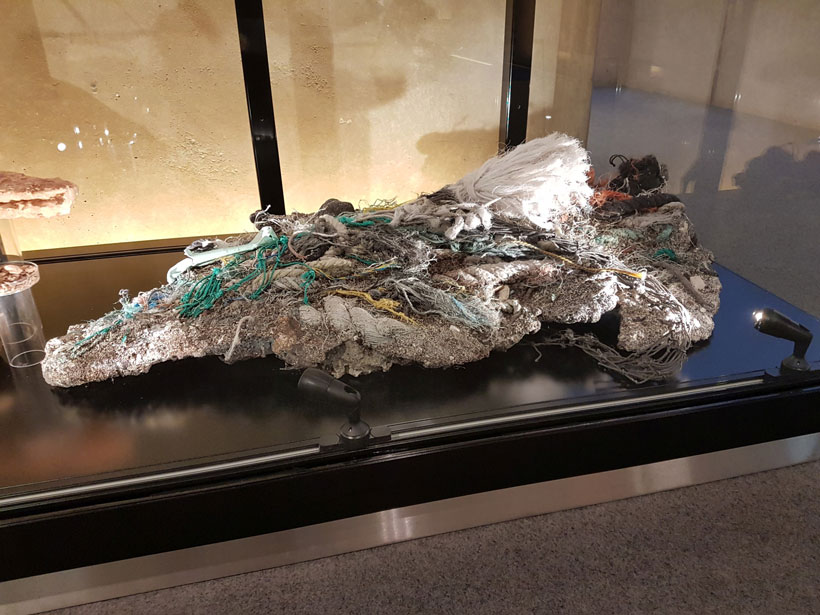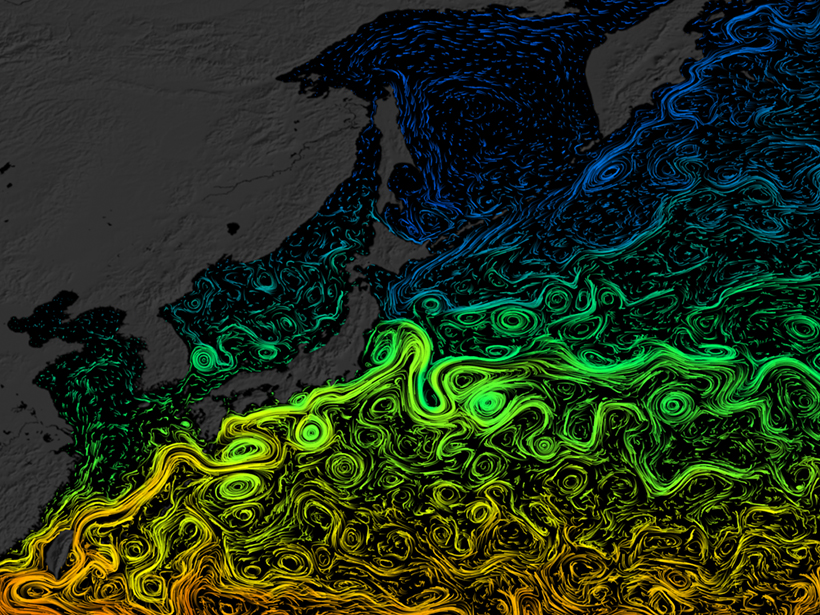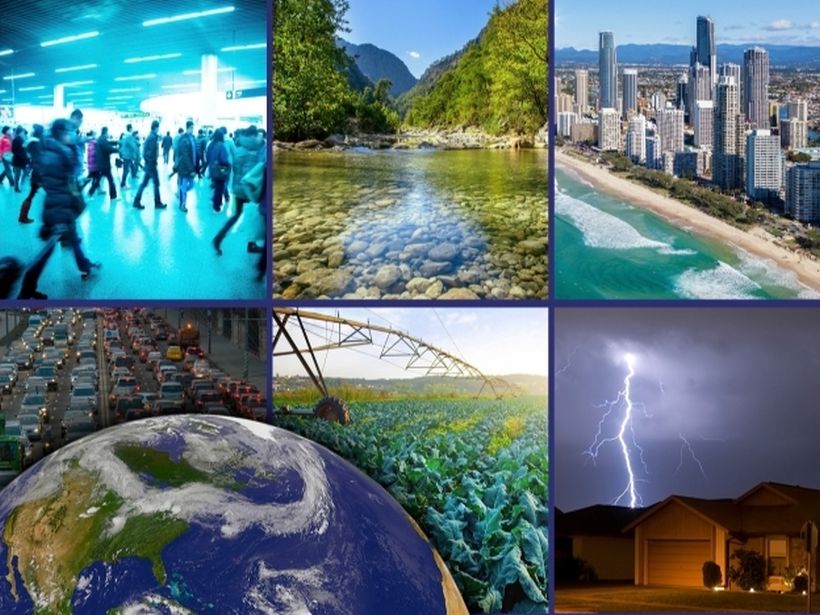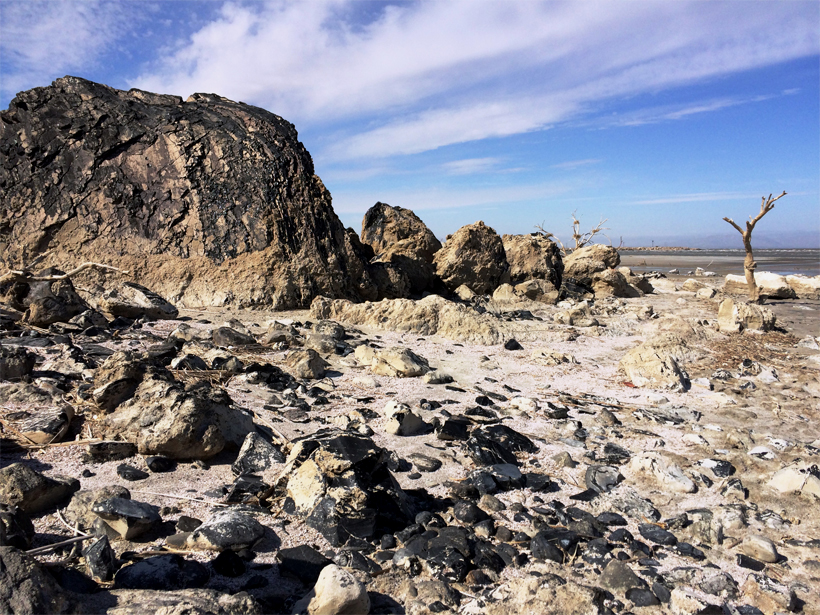Humans may be in a new geologic epoch—the Anthropocene—but different groups define its start at varied times. When should the Anthropocene have begun?
Holocene
Eruption in El Salvador Was One of the Holocene’s Largest
Roughly 1,500 years ago, the Tierra Blanca Joven eruption blanketed Central America in ash and likely displaced Maya settlements, new research shows.
Sediment Cores Reveal Ocean Current’s Past Life
East Asia’s Black Current may have rerouted in the past 10,000 years or so.
Corals Reveal Ancient Ocean Temperatures in Great Barrier Reef
Old coral colonies suggest that a prehistoric warming event called the mid-Holocene Thermal Maximum may have occurred earlier than previously thought.
Here Comes the Anthropocene
Two recent papers in Earth's Future discuss the addition of a new epoch to the geological timescale.
Early Agriculture Has Kept Earth Warm for Millennia
Ice core data, archeological evidence, and other studies suggest humans had a significant influence on Earth's preindustrial climate.
What Is the Anthropocene?
Geologists must consider whether the Anthropocene is a specific segment in the continuum of time or a holistic concept.
Dating Lava Domes in California's Salton Trough
Scientists use a trio of techniques to resolve the age and duration of rhyolite volcanism of the Salton Buttes.








